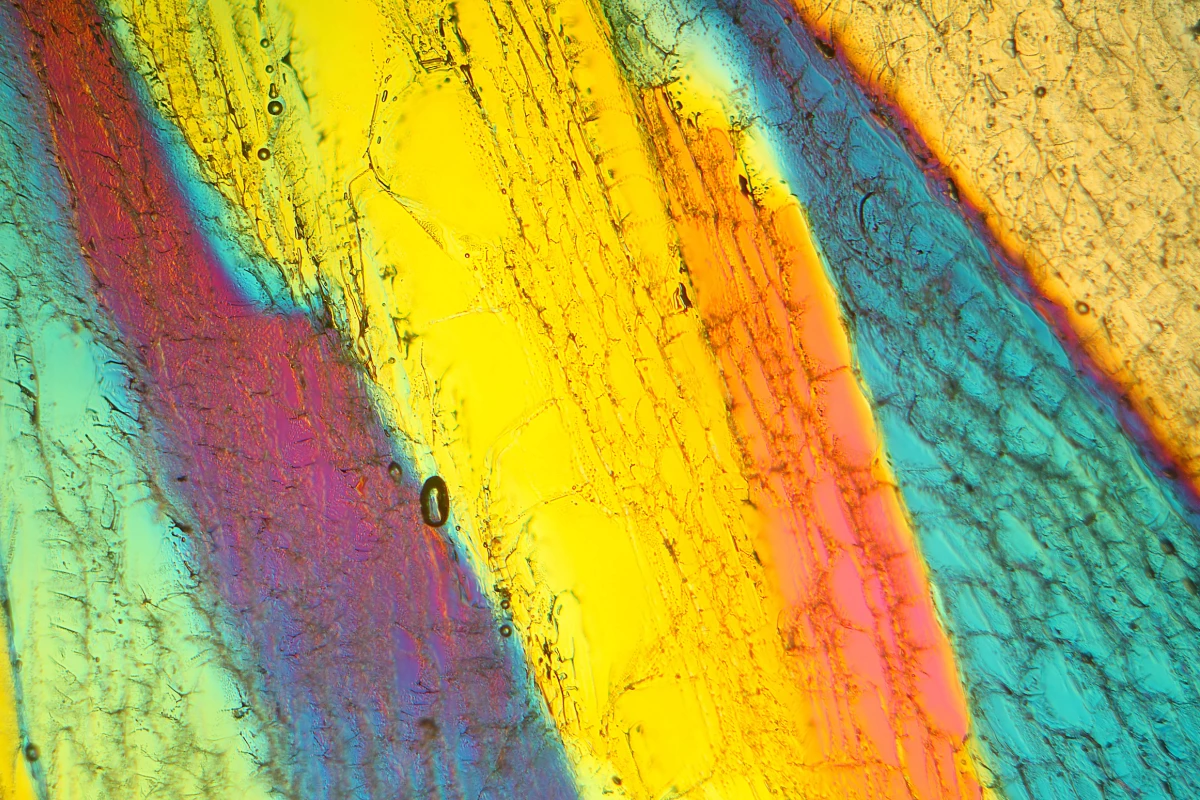Science
Scientists Discover New Ice Form at Room Temperature

Researchers from the Korea Research Institute of Standards and Science (KRISS) have identified a groundbreaking new form of ice, dubbed ice XXI, that forms at ambient temperatures. This discovery adds to the already extensive catalog of over 20 known ice types, each with distinct atomic structures. Unlike the common ice found in freezers, ice XXI was observed under conditions that allowed water to undergo multiple freeze-melt cycles, revealing a fascinating new behavior of H2O molecules.
The study, published in the journal Nature Materials, utilized advanced techniques involving diamond anvils and X-ray lasers to explore the dynamics of super-compressed water. This innovative approach enabled scientists to observe water transitioning into ice XXI at approximately 1.6 gigapascals of pressure. What sets ice XXI apart is its unique body-centered tetragonal crystal structure, markedly different from all existing ice forms.
Unveiling the Mechanisms Behind Ice Formation
Scientists found that when water is rapidly compressed, it does not freeze in a single, straightforward step. Instead, it experiences a series of freeze-melt loops before stabilizing into a known structure, ice VI. This behavior was contrary to established theories of ice formation, suggesting a more complex interaction of water molecules under pressure.
Geun Woo Lee, a lead scientist at KRISS, explained, “Rapid compression of water allows it to remain liquid at higher pressures, where it should have already crystallized to ice VI.” Using a combination of sophisticated monitoring tools, the team meticulously tracked changes in water’s structure, pressure, and volume, capturing the transformation with remarkable precision.
To monitor the freezing process, researchers employed a mix of high-speed cameras and laser-based sensors. The unique setup facilitated real-time observation of water molecules, revealing how they rearranged during the transition into ice XXI. The use of X-ray beams from the European XFEL further refined their understanding, capturing the scattered signals to analyze the intricate details of the transformation.
Implications for Understanding Icy Worlds
This discovery holds significant implications for planetary science, particularly in understanding icy moons and exoplanets. The formation pathways of ice XXI may mirror conditions found in extraterrestrial environments, potentially aiding in the search for life beyond Earth.
Rachel Husband, another researcher involved in the study, remarked, “Our findings suggest that a greater number of high-temperature metastable ice phases and their associated transition pathways may exist, potentially offering new insights into the composition of icy moons.”
The research team also conducted molecular dynamics simulations using two models: SPCfw45 and TIP4P/Ice46. These simulations confirmed that both rigid and flexible models exhibited similar trends in water’s behavior under pressure, reinforcing the experimental findings.
The results not only deepen our understanding of how water behaves at extreme conditions but also challenge pre-existing notions about ice formation. Scientists now recognize that water has multiple crystallization pathways, highlighting its complexity and adaptability.
As research continues, the implications of ice XXI could extend far beyond our planet, offering a glimpse into the potential for life in the universe’s icy realms.
-

 Science2 months ago
Science2 months agoInventor Achieves Breakthrough with 2 Billion FPS Laser Video
-

 Health2 months ago
Health2 months agoCommunity Unites for 7th Annual Into the Light Walk for Mental Health
-

 Top Stories2 months ago
Top Stories2 months agoCharlie Sheen’s New Romance: ‘Glowing’ with Younger Partner
-

 Entertainment2 months ago
Entertainment2 months agoDua Lipa Aces GCSE Spanish, Sparks Super Bowl Buzz with Fans
-

 Health2 months ago
Health2 months agoCurium Group, PeptiDream, and PDRadiopharma Launch Key Cancer Trial
-

 Top Stories2 months ago
Top Stories2 months agoFormer Mozilla CMO Launches AI-Driven Cannabis Cocktail Brand Fast
-

 World2 months ago
World2 months agoIsrael Reopens Rafah Crossing After Hostage Remains Returned
-

 Entertainment2 months ago
Entertainment2 months agoMother Fights to Reunite with Children After Kidnapping in New Drama
-

 World2 months ago
World2 months agoR&B Icon D’Angelo Dies at 51, Leaving Lasting Legacy
-

 Business2 months ago
Business2 months agoTyler Technologies Set to Reveal Q3 Earnings on October 22
-

 Health2 months ago
Health2 months agoNorth Carolina’s Biotech Boom: Billions in New Investments
-

 Health2 months ago
Health2 months agoYouTube Launches New Mental Health Tools for Teen Users









